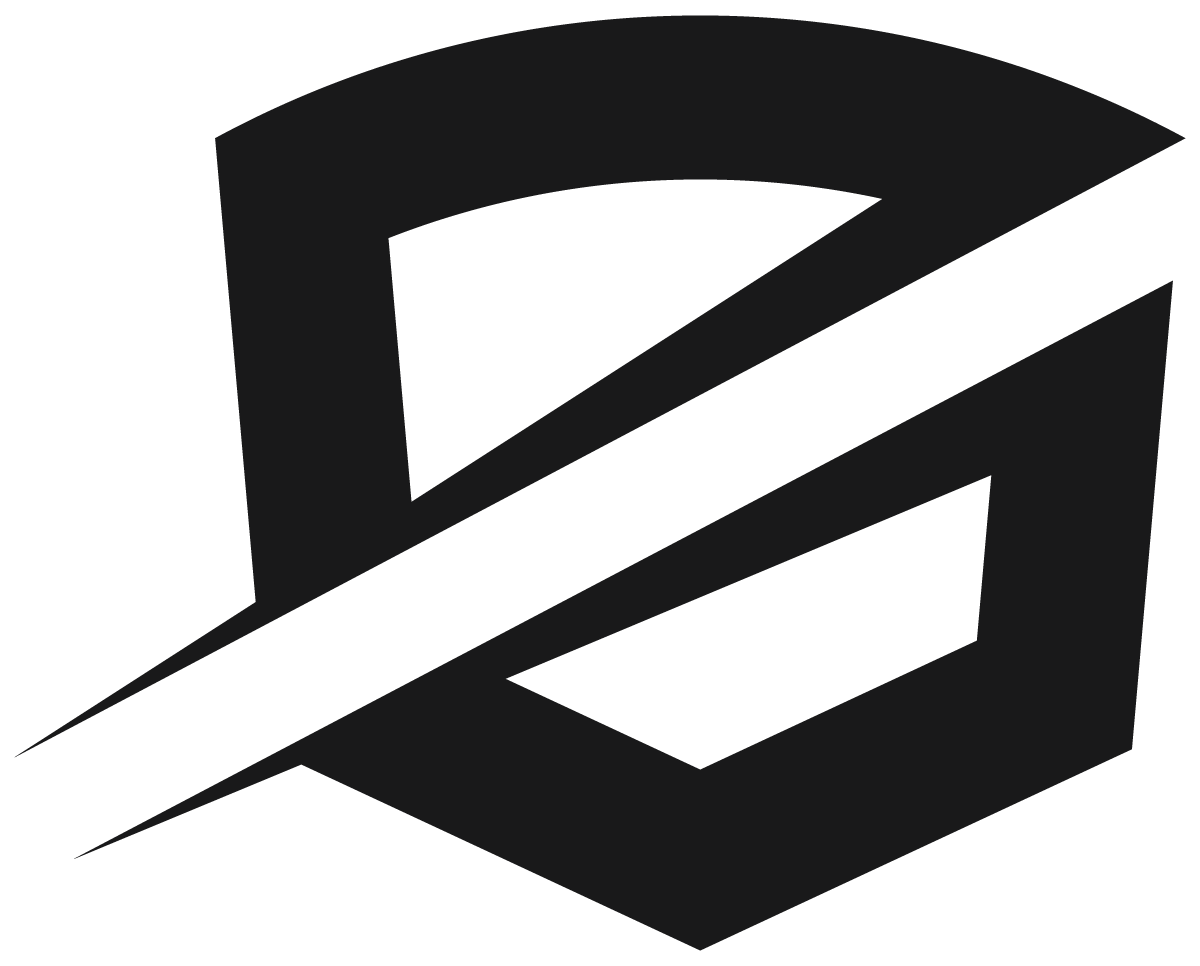The Foundations Of Krav Maga's Curriculum
Our objective is to ensure the safety of students training in Krav Maga, both physically and emotionally. The training aims to increase overall safety while building a lifestyle of self-care, self-respect, and self-sufficiency.
At the core of our approach to training is in meeting people at their current physical and mental capability. Krav Maga is a “flexible” system that adjusts to each person’s needs and abilities, focusing on three types of training:
- Practicing Techniques: Building skill sets and exploring movements.
- Mental Training: Minimizing the ‘freeze’ time and learning how to manage stress.
- Tactical Training: Choosing the appropriate technique as circumstances change.
The main focus of Krav Maga is self-defense, aiming for a quick “return to safety.” There is no place for unnecessary or showy movements, only practical and efficient actions aimed at neutralizing a threat.
Two main guidelines underscore our training:
1) Injury Prevention: Do everything in your power not to get hurt and
2) Adaptability: Use your knowledge according to your needs.
The Krav Maga curriculum progresses systematically, focusing on fundamental techniques that are reinforced throughout the training. As we make progress and develop new capabilities within ourselves, we can increase the pressure under which we measure the implementation of the techniques. This allows us to take on more advanced drills to improve self-defense abilities and enhance spatial awareness, along with other essential components such as coordination, physical fitness, cardiovascular endurance, resilience, etc.
The lower grades focus on establishing basic abilities and applying them in common self-defense drills. As the grades advance, the material shifts from the need to develop physical abilities to more complex techniques.
These core principles ensure effective preparation for real-life situations:
– Emphasis on the Basics: Strong foundational techniques are key to effectively handling real-life situations. The curriculum dedicates ample time to deeply embodying these techniques, which begin with such skills as Proper movement, Stable posture, Efficient use of force, Threat recognition, Quick and precise response.
– Reality-Based Training: The curriculum incorporates a wide range of realistic scenarios, using exercises and figures that simulate common violent situations. This exposure helps trainees effectively practice the handling of complex situations.
– Physical Fitness Development: Alongside combat techniques, the curriculum emphasizes improved physical fitness. Cardiovascular endurance, strength, flexibility, and coordination are all essential for handling physical confrontation and performing combat techniques effectively.
– Building Self-Confidence: A strong sense of self-confidence is crucial for dealing with threatening situations. The curriculum includes activities and exercises designed to boost trainees’ self-confidence, increase self-awareness, and improve decision-making skills while under pressure.
It is important to note that the curriculum will vary slightly between different Krav Maga schools. However, the core principles mentioned above provide a general overview of the approach and focus in this field.
For the Krav Maga curriculum to be effective for trainees, it must pass the “reality test”. Our goal is to prepare students in the best possible way and teach in the most efficient manner.
While there can always be debates about what is “more correct or effective,” the goal remains the same: teach students to respond effectively and not react impulsively to violence, ensuring they can achieve their objective in diverse situations.
Krav Maga Levels
Krav Maga levels progress in complexity and difficulty, focusing on exposing students to varied scenarios. Unlike traditional martial arts, which were originally designed to fit into a lifestyle of dedicated practice, Krav Maga is designed to meet the needs of modern life.
The techniques mastered in each level are based on both complexity and necessity. The question we always have in mind is “what do students need most for their lifestyle?
– P Levels (Practitioner 1-5): Establishing foundational movement and awareness where students learn uniform basics to develop muscle memory through repetition. Each technique mastered in the P levels serves as a building block for advanced scenarios.
– G Levels (Graduate 1-5): Integrating fundamental skills like striking, footwork, break falls, and basic ground fighting to handle threats such as bear hugs, chokes, knife attacks, and pistol threats. I always say, “If you don’t strike well, what good is the defense? You hit back, but you don’t finish the fight. Now you have to deal with an even angrier attacker.”
– E Levels (Expert/Black Belt): Signifying mastery and refinement of techniques, emphasizing precision and holistic application in various stressful scenarios.
As in all areas of life, we must learn things slowly, allowing for safe and solid foundational training. We start with relatively simple techniques that build a solid foundation for advanced techniques and also increase self-confidence, as well as our personal sense of security.
I always explain to all students who want to learn the most advanced, flashy techniques that they are essentially holding themselves back. Instead, they should understand how advanced techniques are merely a combination of basic techniques performed together, layered with the context of why we need them. I always add: If you are proficient enough in basic techniques, you will not find yourself dealing with extreme situations that require such high-level skills. Well-trained individuals usually don’t need to fight.
Do something amazing,
Tsahi Shemesh
Founder & CEO
Krav Maga Experts
<< Related Blog: A Life Lesson from an Apple Seed >>
